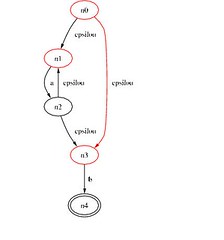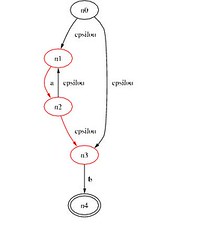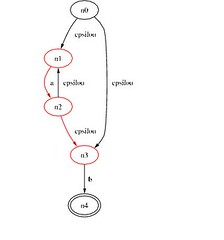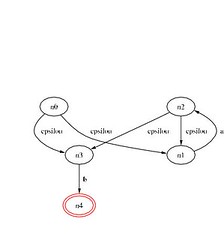- On my Adobe Acrobat Reader in Linux, when I search for ",", it finds even ";" 's. That makes me wonder if internally, a semicolon is represented as a "." and a "," paired up horizontally?
- In Windows, use your "Windows button" + D to see the desktop (Windows button gives you direct access to the "start" tab on pressing it). If you have any modal dialogs open, it fails to show the desktop. I suspect the implementation of "Windows button" + D is to send a minimize event to all windows. If some window has a dialog open, it cannot minimize.
- In Windows XP, if your outlook email editor is set to "MS Word". Try the following, have a modal dialog open and try to send a new email. It will prompt you asking you to close the dialog before editing can begin. It goes to show that modal dialogs can be an irritant if applications are shared.
I will try to add more to this list.
You've got anything to share?







